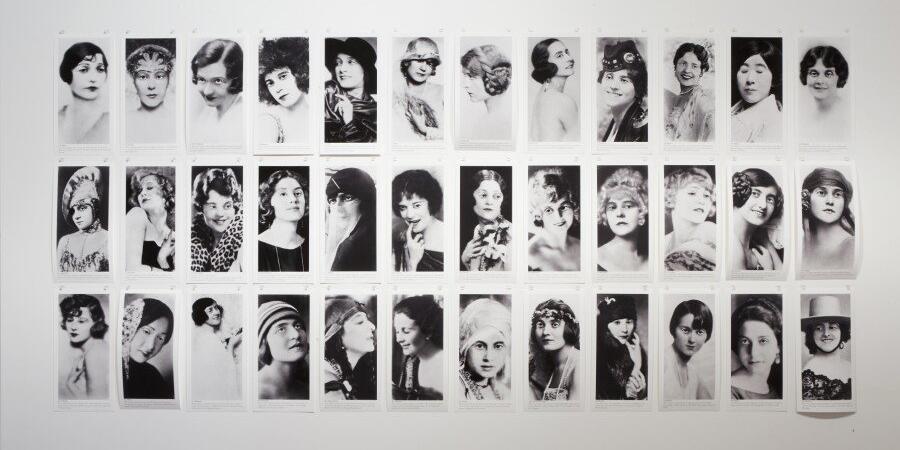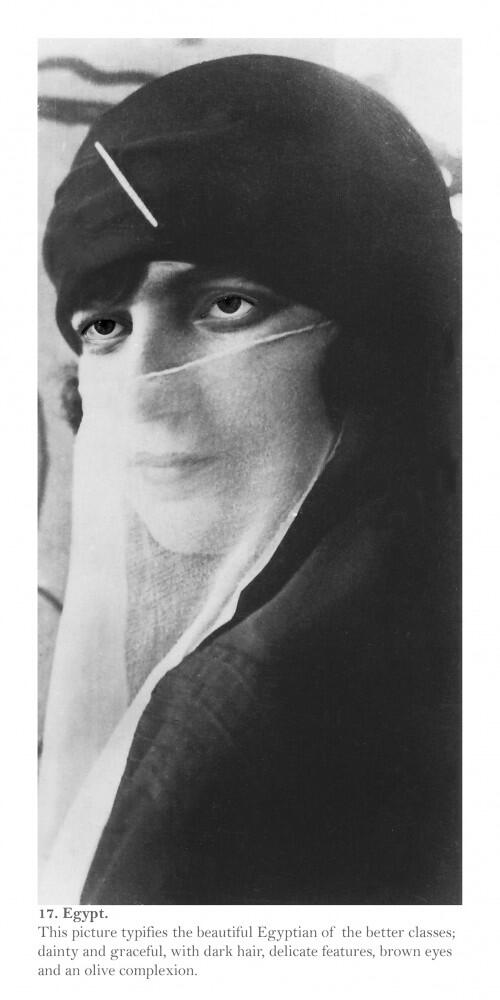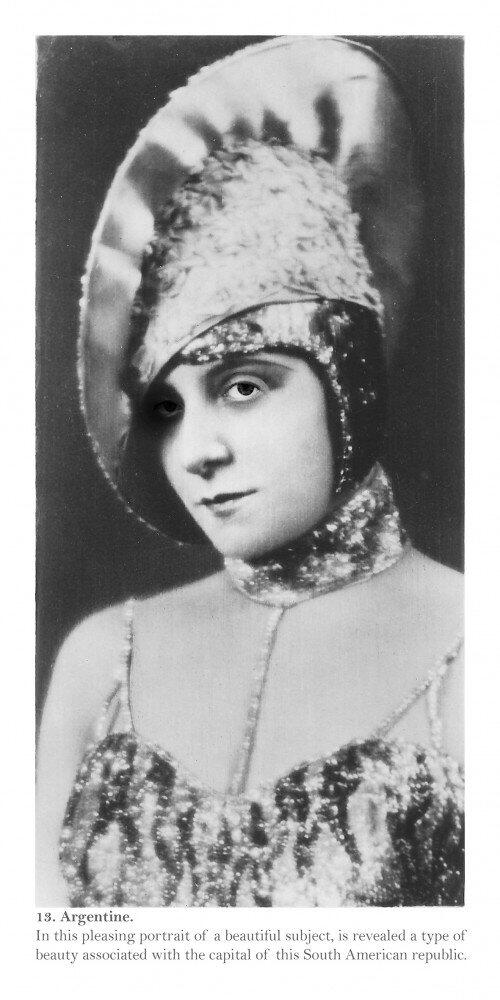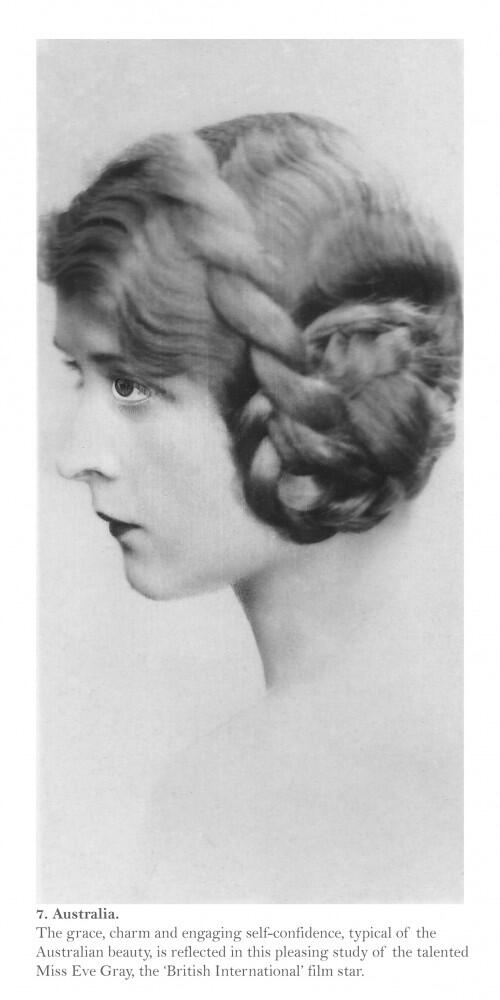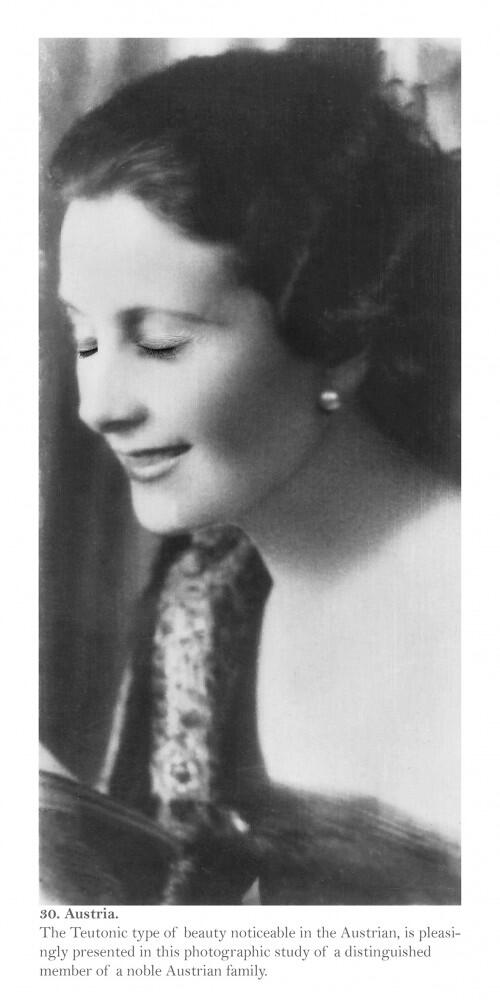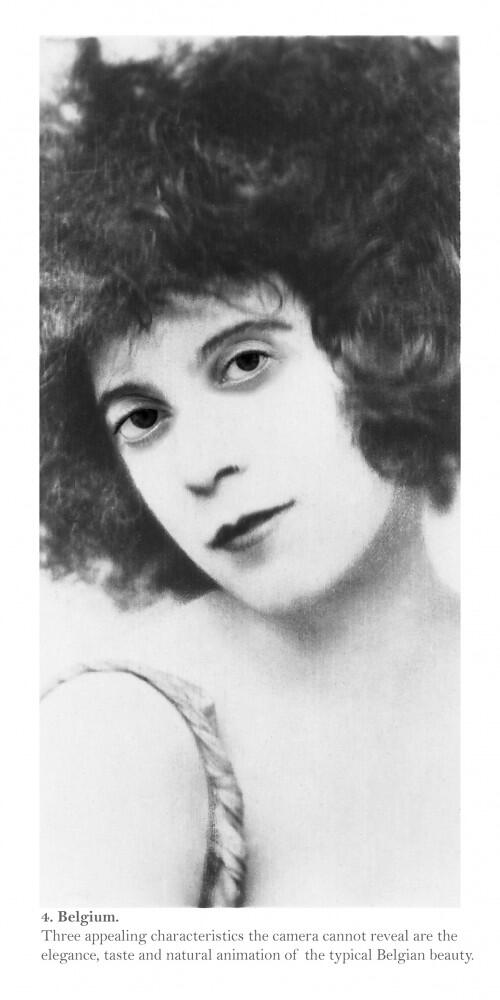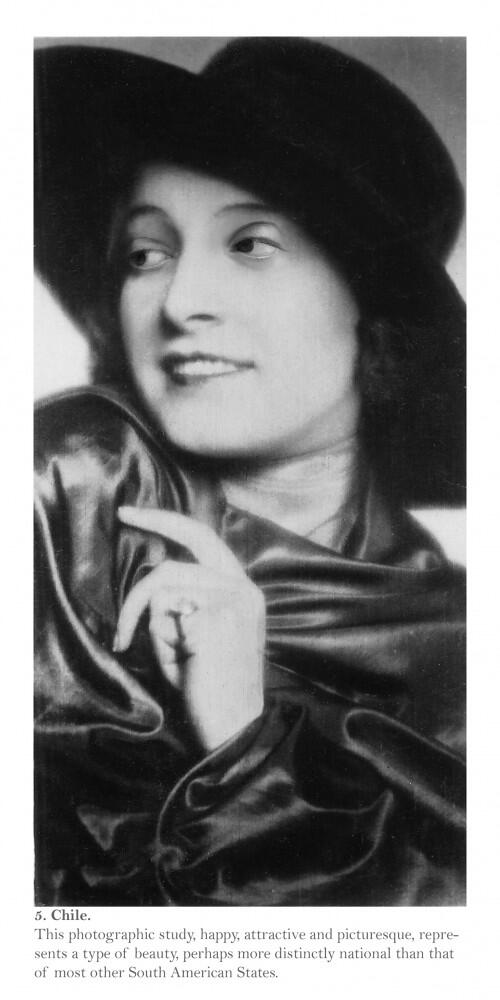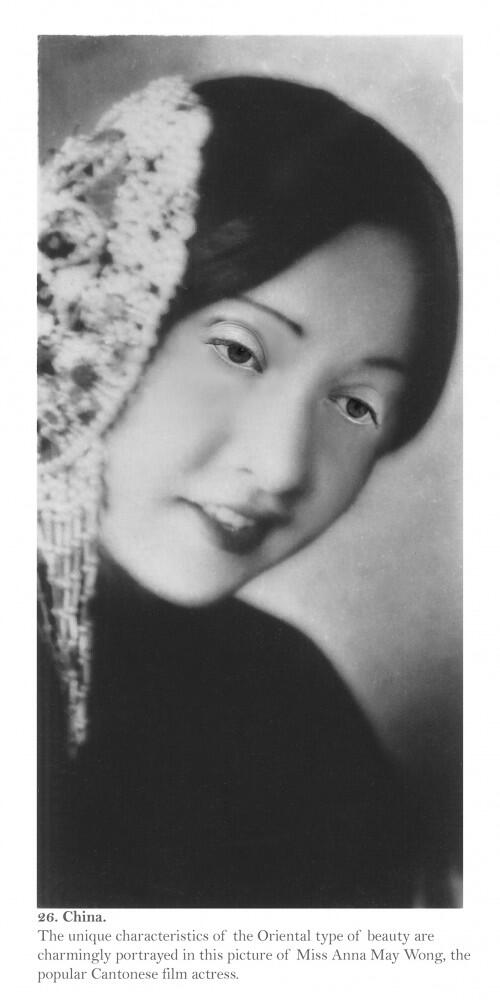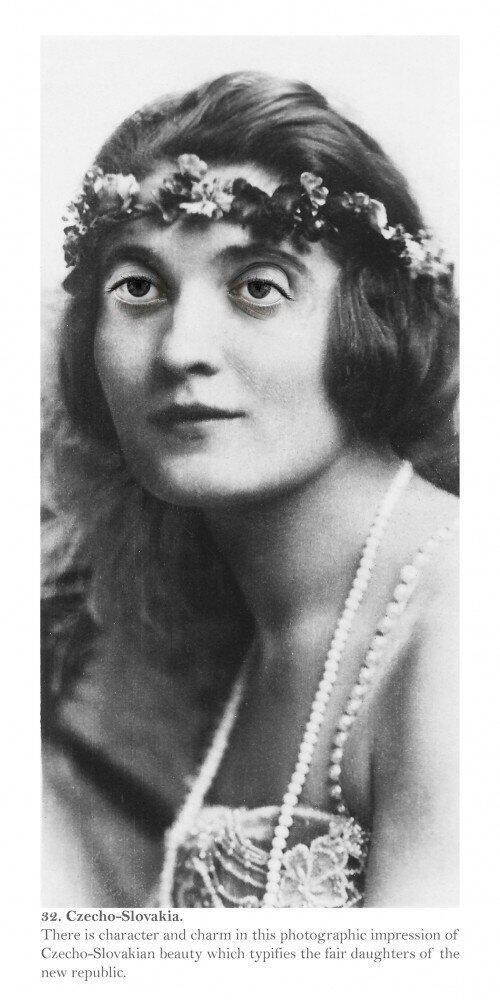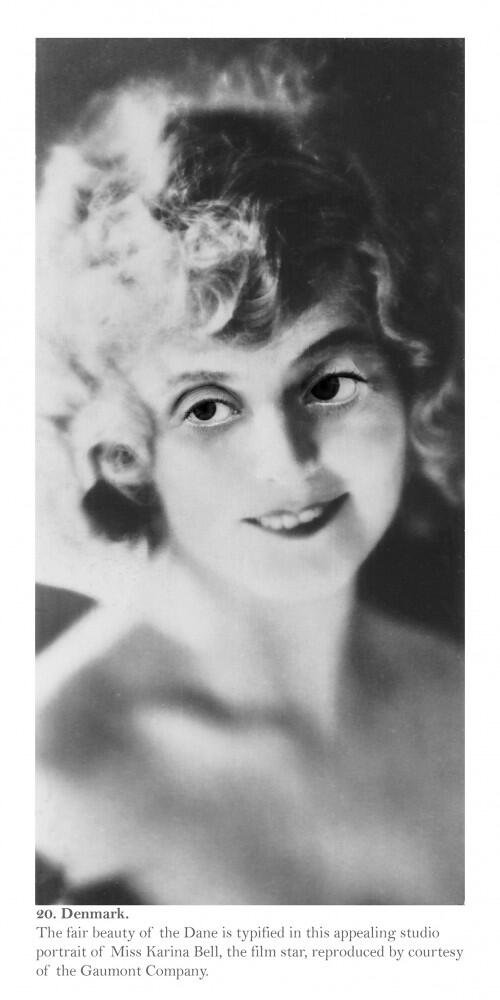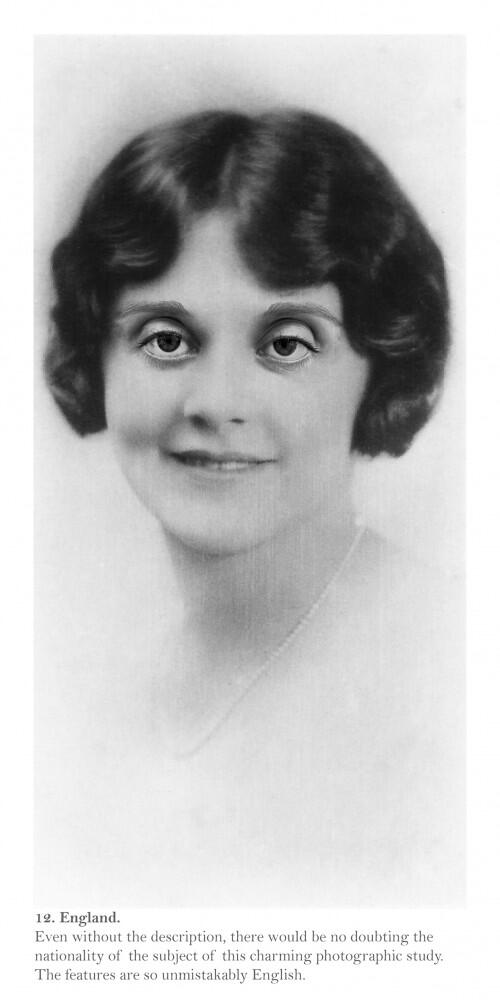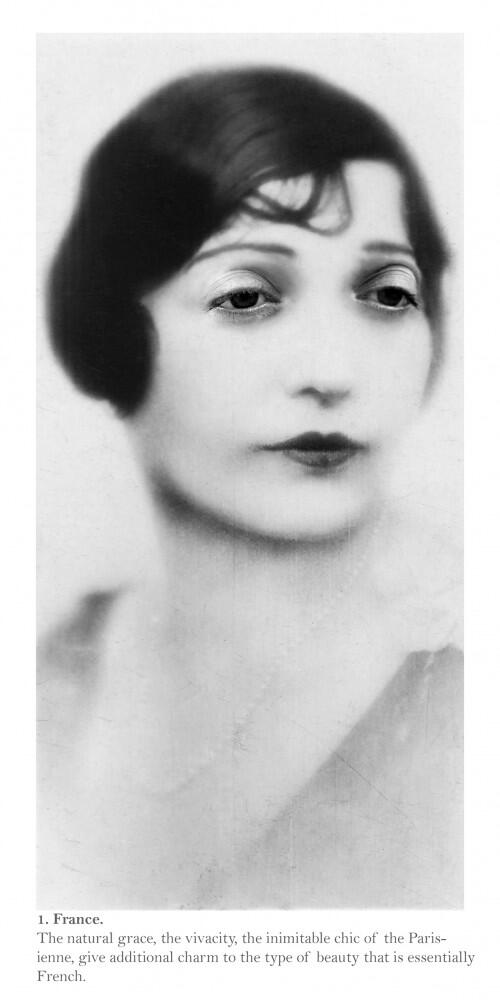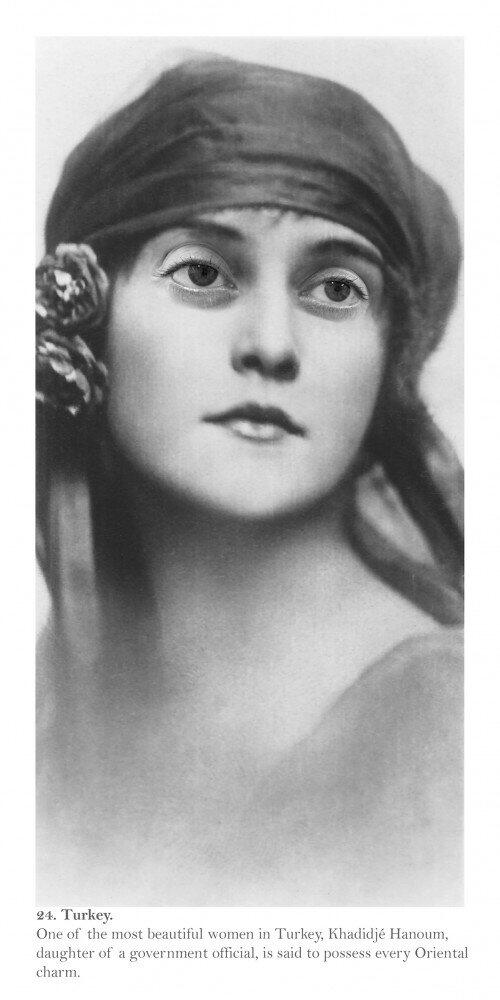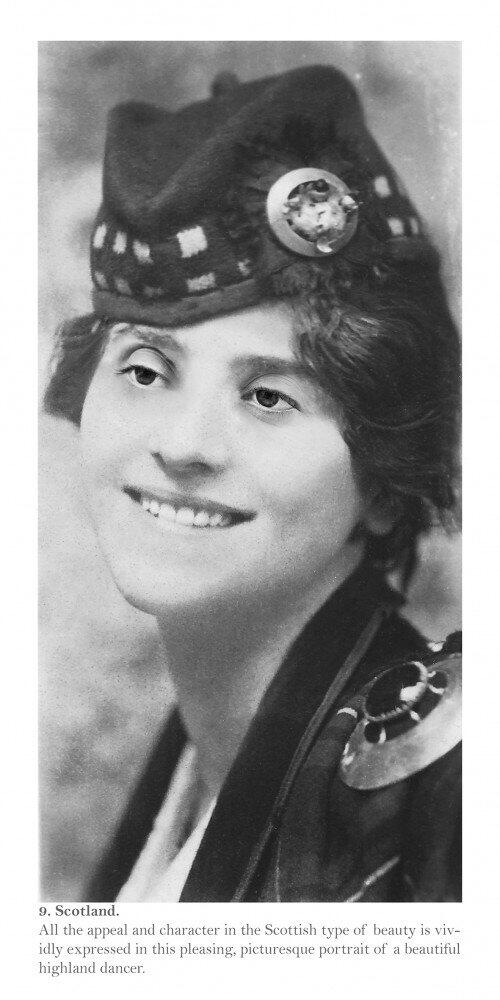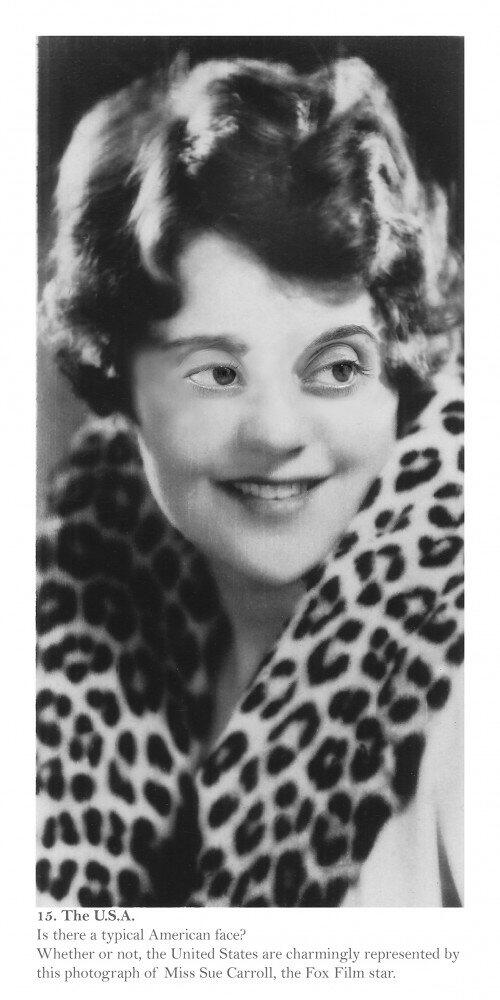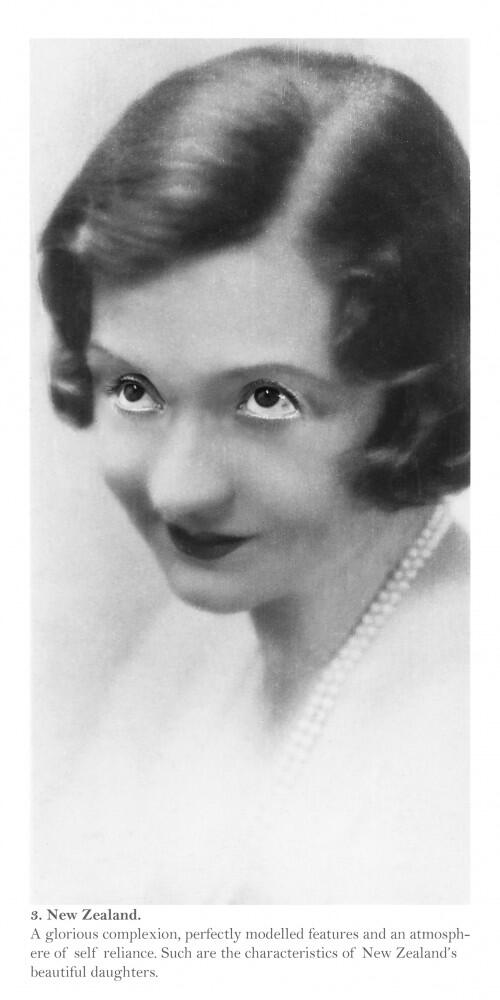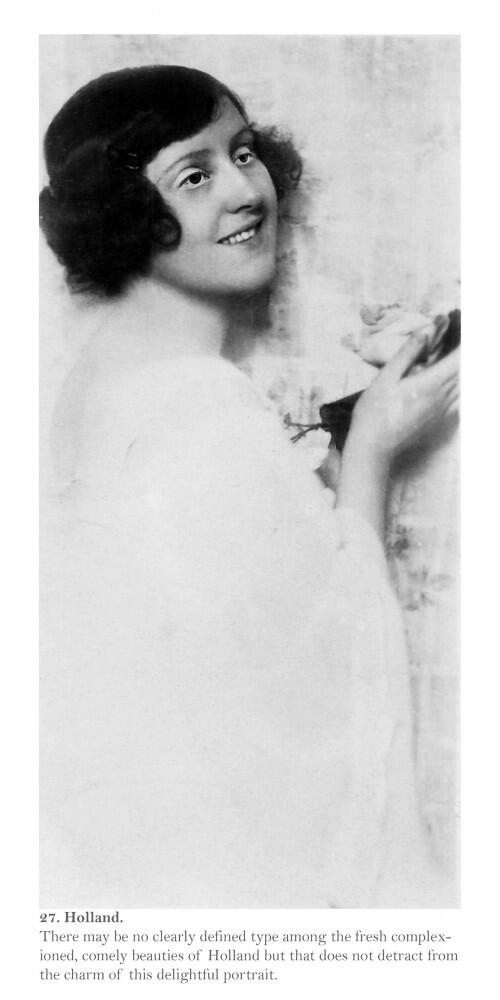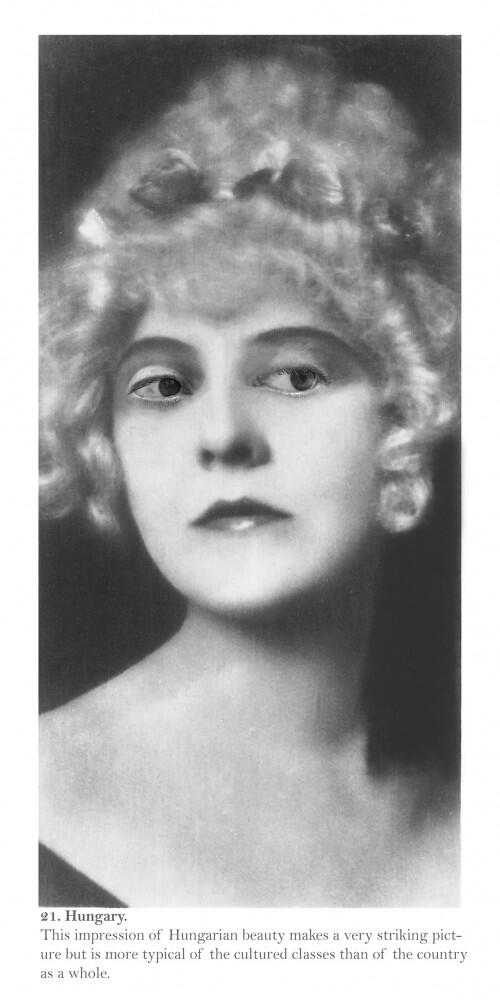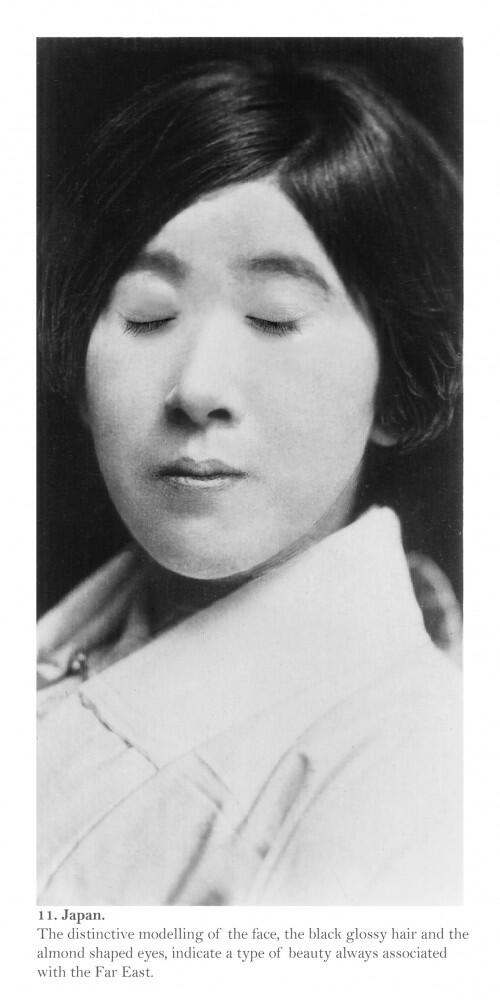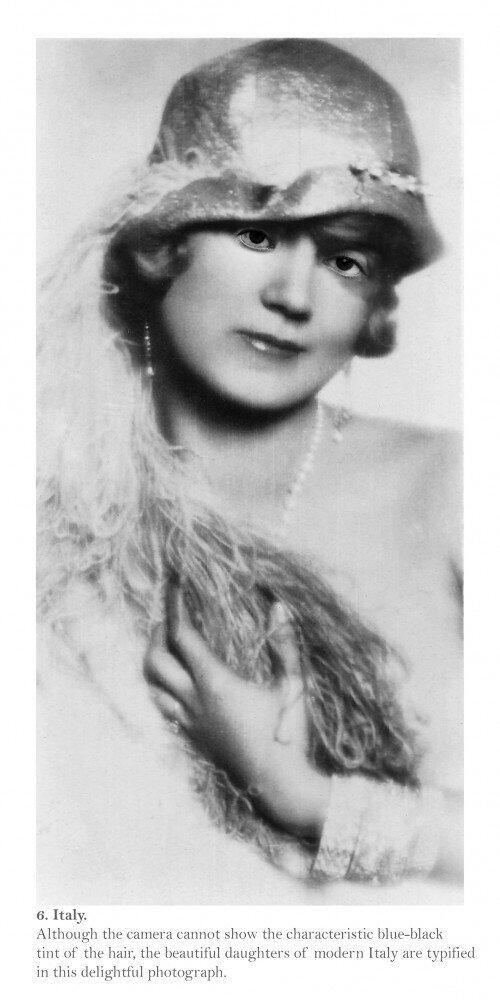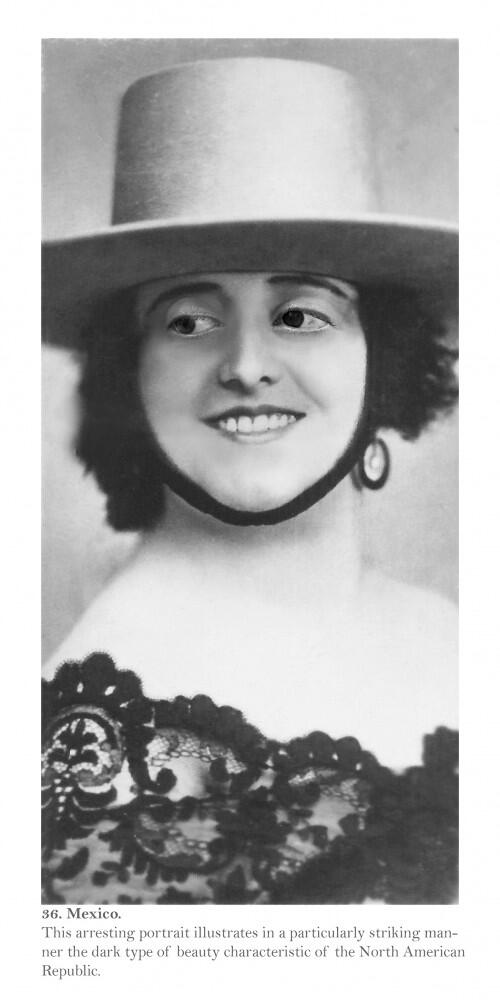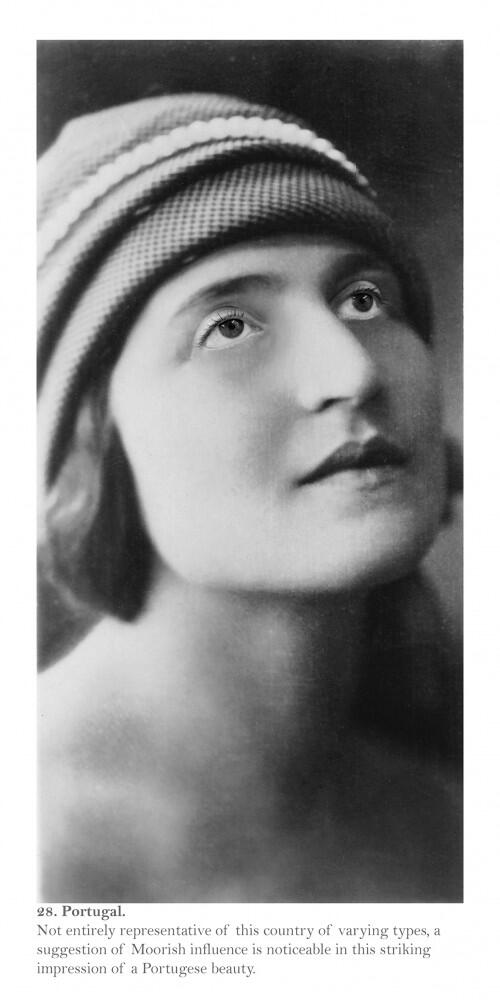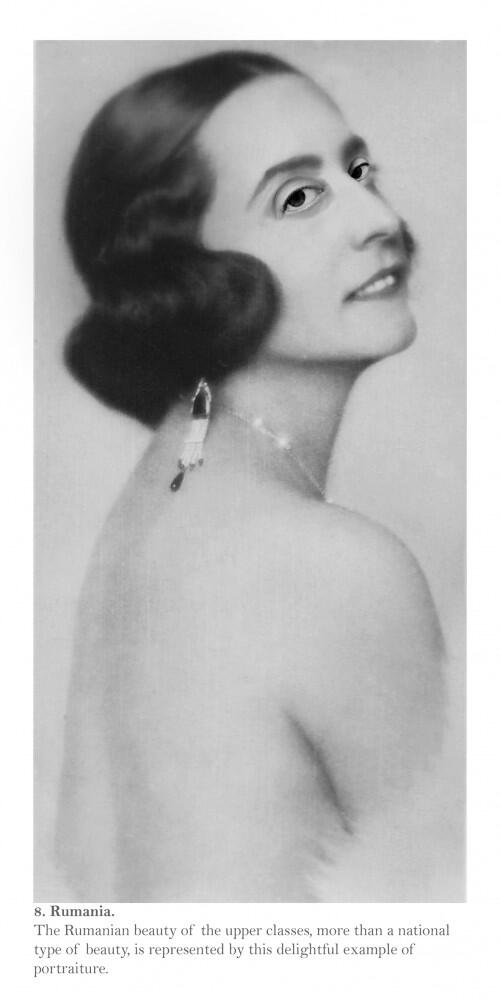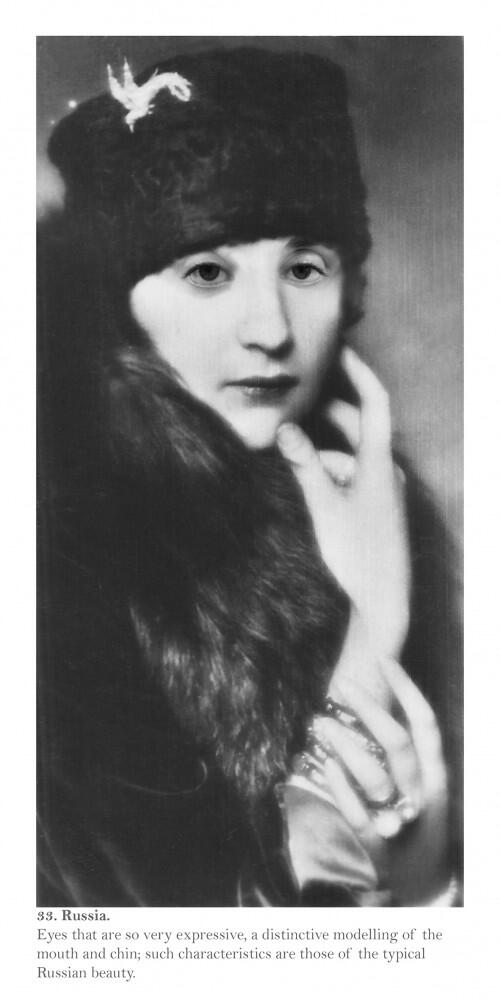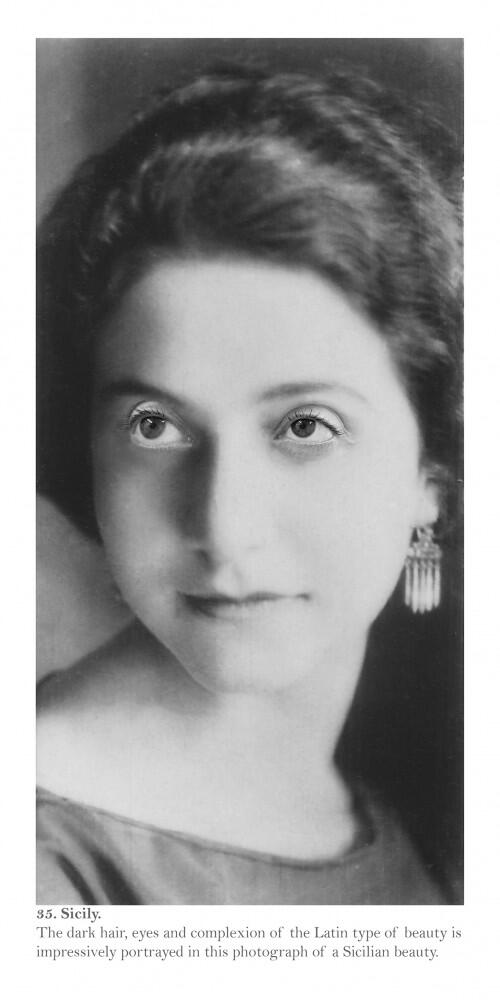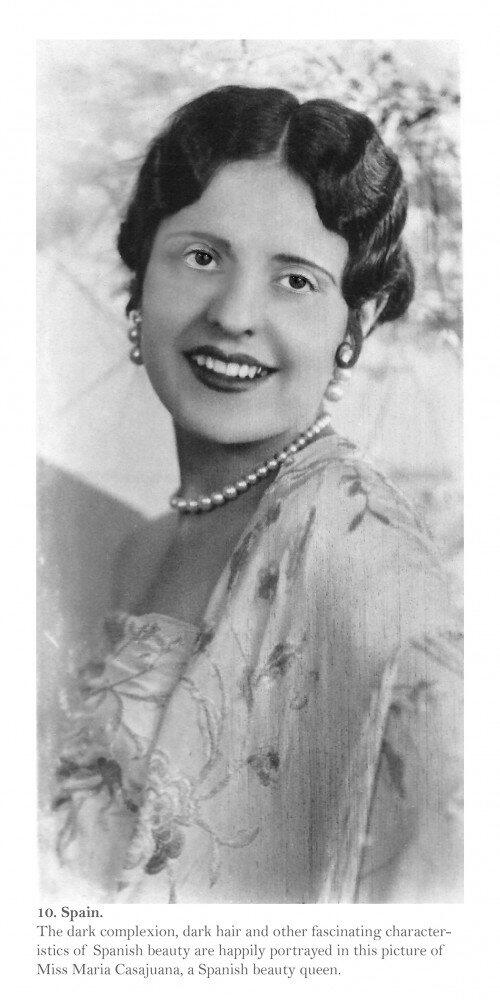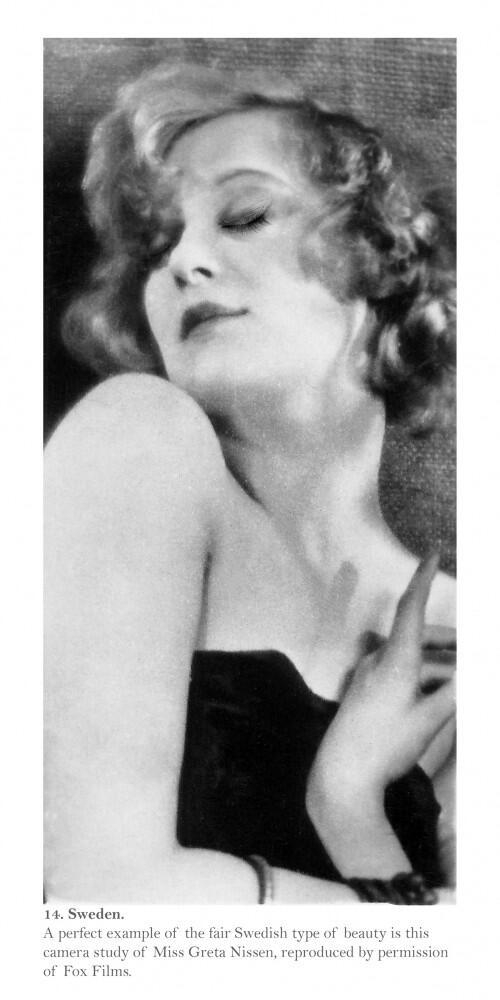NATIONAL TYPES OF BEAUTY 2017
In the early 1900s tobacco companies produced cigarette cards in order to strengthen cigarette packets and to advertise their brand. Major Drapkin and Co. was one such company based in London. Cigarette cards were miniature trading cards used to entice smokers to collect and exchange them. Judging by the subject of most cigarette cards, men were their number one consumers. Many of the cards were of soldiers, planes or sporting heroes, and smokers were encouraged to collect the whole set.
National Types of Beauty is one such set of trade cards. The artist's reworking of this archive carries the same name, National Types of Beauty (2017). In this adaptation the portraits are altered and share one common feature – each of the ‘beauties’ wears the artist's eyes almost imperceptibly. This act is simple. It undoes the colonial gaze and the attempt to categorise race and women.
The original set is unusual in its representation of women. National Types of Beauty was issued in 1928. It consisted of 36 portraits of women who according to the British colonial eye exemplify the beauty of the named country. On the front of each card a black and white photograph depicts the apparent national type of beauty of the said country. On the back, the women are described according to their facial appearance, their colouring, their class, their level of education, and whom they belong to (whose daughter they are). The artist was fascinated by the descriptions. The women merely existed as classified specimens. Each described and depicted according to colonial desires of the era.
